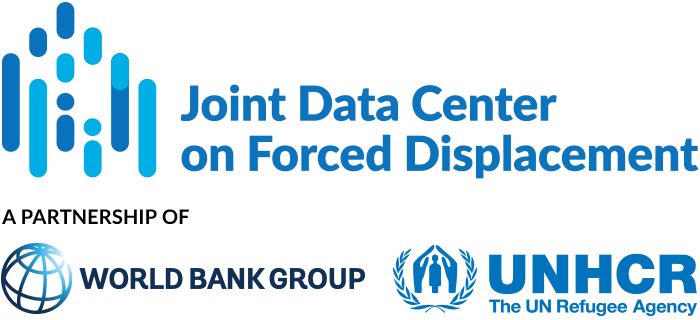This article investigates the determinants of women empowerment among refugee women living in Nairobi, Kenya.
JDC Literature Review
The association between perceived neighborhood social cohesion and intimate partner violence in a refugee camp in Dollo Ado, Ethiopia
This article examines the association between perceived neighborhood social cohesion (P-NSC)—a measure of community trust, attachment, safety, and reciprocity—and the incidence of intimate partner violence (IPV) and controlling behaviors against women among Somali refugees residing in Bokolmayo camp, Dollo Ado, Ethiopia.
Is the self-reliance strategy sustainable? Evidence from assistance programmes to refugees in Uganda
This study investigates the impact of cash and food assistance on food security and self-reliance among refugee communities in Uganda.
Risk factors associated with Rohingya refugee girls’ education in Bangladesh: A multilevel analysis of survey data
This paper investigates the factors associated with Rohingya girls’ likelihood of attending temporary learning centers (LCs) in refugee camps in Cox’s Bazar, Bangladesh. Cox’s Bazar hosts nearly one million Rohingya refugees from Myanmar.
Gender-based vulnerability: combining Pareto ranking and spatial statistics to model gender-based vulnerability in Rohingya refugee settlements in Bangladesh
This paper investigates the spatial and thematic variations in gender-based vulnerability of Rohingya refugees in Bangladesh. As of March of 2019, there were over 900,000 Rohingya refugees living in the Ukhiya and Teknaf Upazilas of Bangladesh.
Systematic human rights violations, traumatic events, daily stressors and mental health of Rohingya refugees in Bangladesh
This article examines the relationship between systematic human rights violations, traumatic events, daily stressors, and mental health symptoms among Rohingya refugees in Bangladesh. Almost 900,000 Rohingya refugees were living in refugee camps in Southeastern Bangladesh at the time of the study.
Prevalence, patterns, and determinants of gender-based violence among women and girls in IDP camps, Mogadishu-Somalia
This paper estimates the prevalence and determinants of gender-based violence (GBV) among women in IDP camps in Somalia. Somalia has one of the highest rates of GBV worldwide, with GBV more prevalent among women and girls in IDP camps.
Experiences of armed conflicts and forced migration among women from countries in the Middle East, Balkans, and Africa: a systematic review of qualitative studies
This paper provides a systematic review of literature on women’s experiences of armed conflicts and forced migration, focusing on women in or from countries in the Middle East, Balkans, or Africa. The literature indicates that refugee women’s exposure to conflict, violence and displacement leads to significant health and mental health consequences.
Gender-based violence and its associated factors among internally displaced women in Northwest Ethiopia: a cross-sectional study
This study analyzes the prevalence of gender-based violence (GBV) and its associated factors among internally displaced women (IDW) in northwest Ethiopia. As of September 2021, IOM (International Organization for Migration) estimated there were 2.6 million internally displaced people in the three regions (Tigray, Amhara, and Afar) in northern Ethiopia.
Conflict, Displacement and Overlapping Vulnerabilities: Understanding Risk Factors for Gender based Violence among Displaced Women in Eastern Democratic Republic of Congo
This paper examines how displacement and conflict-related abuses are associated with intimate partner violence (IPV) and sexual violence towards women in Eastern Democratic Republic of Congo (DRC). The analysis draws on data from a large survey conducted for the...


